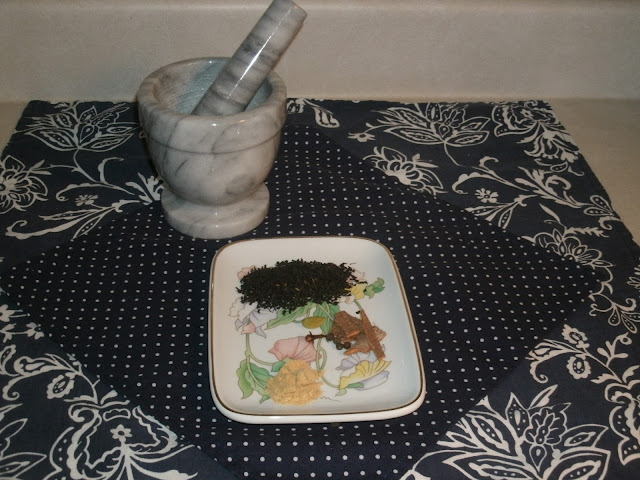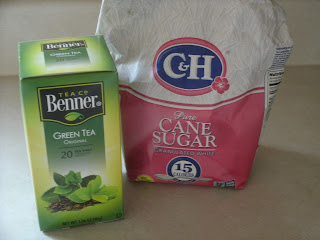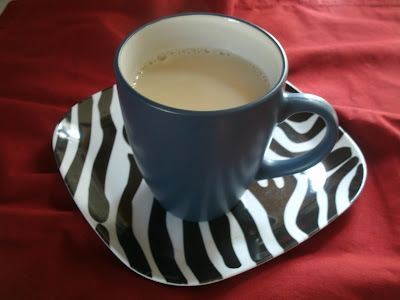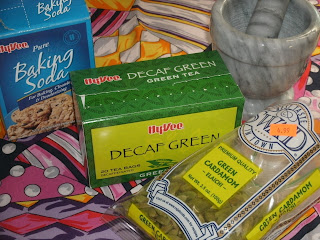Somalia
Somalia
Today we travel to the horn of Africa, Somalia. I always think that it looks like a rhinoceros horn. While Somalia is known for war, drought, famine, and pirates, there is more to their story.
Somalia was part of "British East Africa". The British drew up the borders of the countries before giving them their independence. The borders were made arbitrarily. This region was divided into 5 countries because there were 5 snow capped mountains in the region, and each country got one (thank you Dr. Wanjala - my professor or East African History at Egerton University). The most famous mountain of the 5 is Mount Kilimanjaro in Tanzania. Somalia's is named Surud Cad (aka. Shimbiris). Apparently this is the region where they get frankincense and myrrh for export. I was a little surprised to read that these items are major exports. It makes sense that people in the Middle East would know what these items were, and how to use them. There's famous documentation of their value 2000 years ago.
One of my favorite stories on "The Moth Radio Hour" was told by a woman from Somalia, Fathia Absie. She tells a good story about coming to the states. In the mid 90's, P. J. O'Rourke also wrote about Somalia in a funny, accurate, probably not politically correct way in "All the Trouble in the World: the lighter side of overpopulation, famine, ecological disaster, ethnic hatred, plague, and poverty". It's been about 15 years since I read the book, but I recognized a snapshot of East Africa when I read it.
But we're here to talk tea. I have a feeling that a lot of people have the standard black tea with milk and sugar like Kenya, but there are some fancier variations I have found online. We'll explore one of those. I did tweak the amounts of spice a bit. The original recipe called for 2 cups (500 ml) water, 6 cardamom pods, 1 cinnamon stick, 1/2 teaspoon of ground ginger, 4 peppercorns, 2 cloves, and 2 teaspoons of black tea. I have found that cardamom and cloves go a long way, so I used 1 of each.
The instructions say to grind the spices, so I put the clove and peppercorns in the mortar and pestle first. I gave them a course grind. Then I broke the cinnamon up into smaller pieces. Everything shown in the picture goes into the cold water.
Bring this mixture to a boil.
Add one cup (250 ml) of milk, and bring back to a boil.
Then strain into a cup. I have my thermos ready to hold the rest. I didn't want the tea to keep steeping while I drink my tea. Thermoses seem to be popular in East Africa. It is a way to bring your drink with you for the day. A woman from Kenya talked in her video about how she will bring a thermos of tea to share with friends when they get together to talk. I like that idea.
Here is the final cup. The pepper gives a subtle spiciness. The clove and cardamom were perfect for my taste, and the ginger gives it a slight bite. I used my Kenyan tea (which I like better than the big box of black tea from the Indian grocery). After my first cup, I realized that this tea needs stirred before serving because there is some sediment from the spices in the bottom of the cup. Capping the thermos and shaking it would be a fine way to mix it, except for the fact my thermos was so full there wasn't room to put the cap on. While my tea was still piping hot, I needed to pour it back in the pan to mix it up for my subsequent cups. Overall, I really liked this tea.
Other countries also listed Somali tea as their favorite tea to drink. Djibouti. Djibouti is a tiny country just north of Somalia. In fact, the discussion of where people from Somalia live, Djibouti was listed as a place they often lived causing some dispute over boundaries. It wasn't part of British East Africa, but was a French colony. Apparently Djibouti is known for making beautiful fabrics, but I'm not able to find any images of the fabric, or the "futa" (a sarong like garment) that women wear. Given the shape of Djibouti, I did a little research, and yes, it is part of the northern section of the Rift Valley. Also, given its location, it has a lot of influence from the Middle East and Asia. The section on food states that people dine on roast lamb with yogurt sauce, lentils with flatbread and cucumber salad, and that there are some really good Vietnamese, Chinese, and Lebanese restaurants if you know where to look. I can see how Somali tea would be popular there given its proximity to the country, and cultural overlap (in spite of the differences in colonial rule)








For a flashback to Congo, go to my recipe blog for my first attempt at cooking with plantains. https://123randomrecipes.blogspot.com/2017/12/congolese-breakfast.html
ReplyDeleteThe plate with your spices on it is pretty.
ReplyDeleteThanks. Thrift store special.
Delete